An unfinished book is left unfinished by the author, either willfully or under some constraint. Mostly a book is left unfinished by the death of a author, in which case it is either published as such or completed by someone considered to be a close literary person who is competent enough in the respective genre. At times the authors did not want their manuscripts to be published, but they were published against their will after their death. Completion of a book is an essential part of its publication; however completion alone is in no way the quality index of a work. Many unfinished books like Chaucer’s book Canterbury Tales have been of iconic importance. Many unfinished books have been published after being finished by the persons other than the author, but more often than not, these have been controversial and their form has been debatable. Ernest Hemingway’s last novel is a typical example of this type of unfinished book.
1. The Canterbury Tales
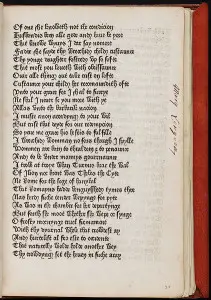
The Canterbury Tales is a collection of stories, written in the late fourteenth century by Jeoffery Chaucer, who is considered the greatest English poet of the middle Ages. The unfinished book forms an integral part of the English Classics. Most of the stories are written in verse but some are in prose. The tales portray an array of colorful, lively and ironic characters, representing a cross section of the then prevalent English society. Chaucer intended to write 124 tales but he could write only 21 of them. In spite of this incompleteness, the work is highly valued in English literature. The stories are told by the pilgrims who set out from Southwark to visit Saint Backet’s shrine at Canterbury. During the journey, they stayed at an inn and the host organized a story-telling competition for entertainment. Each pilgrim was supposed to tell two stories. Not excluding the others, the pilgrims included a Knight, Miller, Reeve, Cook, Man of Law, Wife of Bath, Friar, Summoner, Merchant, Melibee, Monk, Nun’s Priest, Second Nun, Canon’s Yeoman, Manciple and a Parson. The book also included the prologue.
2. The Garden of Eden

Ernest Hemingway started writing the novel The Garden of Eden in 1946 and continued working on it intermittently for fifteen years. However he could not finish it because he had been also working on The Old Man and the Sea, A Moveable Feast, Islands in the Stream and The Dangerous Summer. He had written 48 chapters containing 200,000 words. It is Hemingway’s ninth novel and was published by Charles Scribner’s Sons posthumously in 1986, almost a quarter century after his death. Instead of any addition to complete it, as much as two thirds of the original content was deleted to abridge it. The published novel comprised of 30 chapters, containing 70,000 words.
3. The Mystery of Edwin Drood
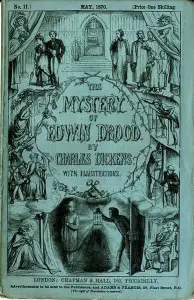
The Mystery of Edwin Drood is the last novel of Charles Dickens. It was unfinished when he died on June 1870. Consequently the end of the story is unknown and the murderer remains unidentified. Although the novel is named after the character Edwin Drood, it focuses on his uncle Joseph Jasper who loves his student Rosa Bud. She was engaged to Drood, who disappeared mysteriously. The story was set in the backdrop of Rochester like Cloisterham. The unfinished novel was published by Chapman & Hall London in 1870.
4. Das Kapital
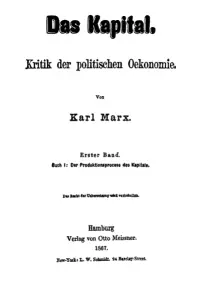
Das Kapital is the famous book written by Karl Marx. Its first volume was published during his life in 1867 but he died in 1883 and the second and third volumes were edited by a close friend and collaborator Friedrich Engels. He published the second and third volume in 1885 and 1894 respectively, as the work of Karl Marx. In the first volume, titled Capital: Critique of Political Economy, Karl Marx opined that exploitation of labor was the motivating force behind capitalism. He proposed that the unpaid work was the profit and surplus value, which the employer had the right to claim on account of the property rights of the capital assets or the means of production.
5. The Village Schoolmaster
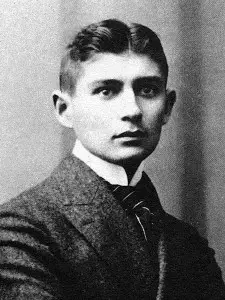
Der Riesenmaulwurf or The Village Schoolmaster is an unfinished short story written by Franz Kafka. He started writing it in the German language in December 1914 but could not finish it and it was not published in his lifetime. It was published posthumously in 1931 in Berlin in the German language, as Beim Bau der Chinesischen Mauer. An English translation, titled The Great Wall of China, was published in New York in 1946. The story was about a spy, towards whose presence a village schoolmaster wanted to draw the attention of the villagers. The schoolmaster, in turn, got nothing except that he was ridiculed. In his diary, Kafka wrote about having been reproached by his father and abandoning the half-written story on January 6, 1915.
6. The Unfinished Memoirs
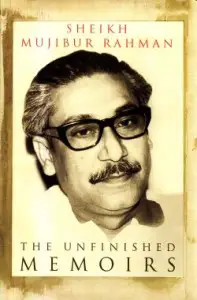
The Unfinished Memoirs is an unfinished autobiography of Sheikh Mujibur Rahman, the founder of Bangladesh. He started writing it during his imprisonment between 1967 and 1969. While it was still unfinished, he gave it to Sheikh Fazlul Haq Moni. After the assassination of Sheikh Mujibur Rahman, the manuscript remained in the dark, until a relative of Moni recovered it from a drawer and brought it into light. The book was in bad shape by then, and many of its pages were too brittle and discolored to read. The unfinished book, comprising of 323 pages, was published in June 2012 by Oxford University Press and Penguin Books.
7. Catch-22
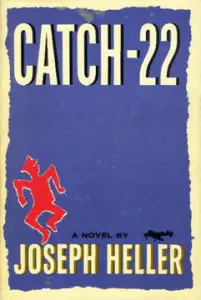
Catch-22 is a novel written by Joseph Heller, who was an American satirical novelist and is best known for this book. He started writing it in 1953 and its first chapter, titled Catch-18, was published in Issue 7 of New World Writing in 1955. The book remained unfinished for eight years, when it was renamed as Catch-22 and published in 1961. Initially it received mixed reviews. Chicago Sun-Times called it ‘the best American novel’ in years while some critics considered it ‘disorganized, unreadable, and crass’. The phrase Catch-22 has become an English dictionary word, meaning a vicious circle wherein the desired result is just impossible to achieve.
8. Unfinished Tales
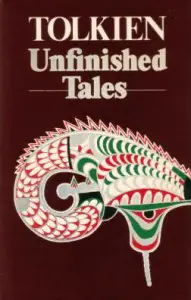
Unfinished Tales, fully titled as Unfinished Tales of Numenor and Middle-earth, is a collection of stories and essays by J. R. R. Tolkien. The book remained unfinished in his life. Many of the stories and essays were incomplete when his son Christopher Tolkien edited the book and published it posthumously in 1980. He also published the original maps of Middle-Earth, which is an imaginary world created by J.R.R. Tolkien and exists on the Earth according to him. J.R.R. Tolkien described Middle-Earth as an imaginary period in the Earth’s past. The fictional diminutive humanoid Hobbits lived in Middle-Earth.
9. The Pharsalia
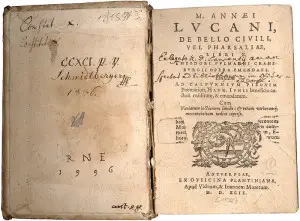
The Pharsalia, also known as De Bello Civili, meaning about the Civil War, is a Roman epic poem. The title refers to the Battle of Pharsalus, which was fought near Pharsalus in Northern Greece. The poet Lucan started writing the poem in 61 AD and many copies of the unfinished book were in circulation before it came to the notice of the Emperor Nero, who banned it. The poem narrates the events of that took place during the war between Julius Caesar and the Roman forces led by Pompey the Great. In spite of Nero’s ban, Lucan continued writing ten more books, which survived. Through the Pisonian conspiracy, Lucan was made to commit suicide in 65 AD, therefore the tenth book was left unfinished.
10. Omne Bonum
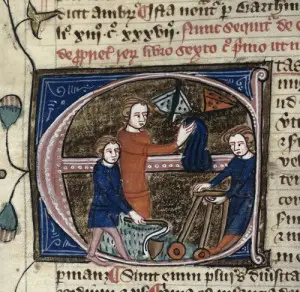
Omne Bonum is an encyclopedia written and edited by James le Palmer in 1327. The encyclopedia is unique in that it was the first ever encyclopedia in which the topics were arranged in alphabetical order. It comprised of 1100 folios and 650 illustrations. It was acquired by the Upper Library at Westminster on or around 1550. The library presented this valuable work to the British Museum in 1757. The encyclopedia remains unfinished as it contains only one entry under each of the letters from N to Z. The last volume contains the relevant information from I to M, with an additional one entry from N to Z.
Conclusion
Almost in all works of art, a stage is reached by the artist where going beyond it simply costs too much in quality, at times even resulting in its total spoilage. An unfinished book, finished by someone other than the original author, is like a jointed material. No matter how dexterously a joint is made and concealed, it is undoubtedly the weakest point in any discontinuous unit. An unfinished book, even if finished by a better writer, renders it at the most barely acceptable, because even better is different from the original.










Leave a Reply